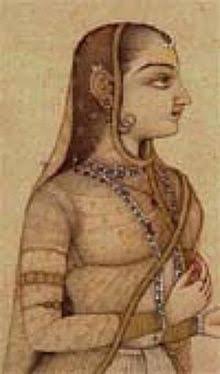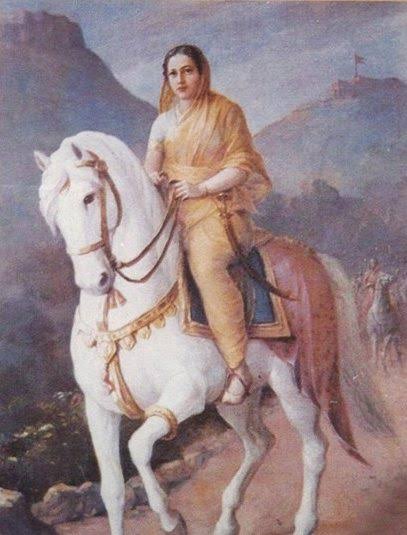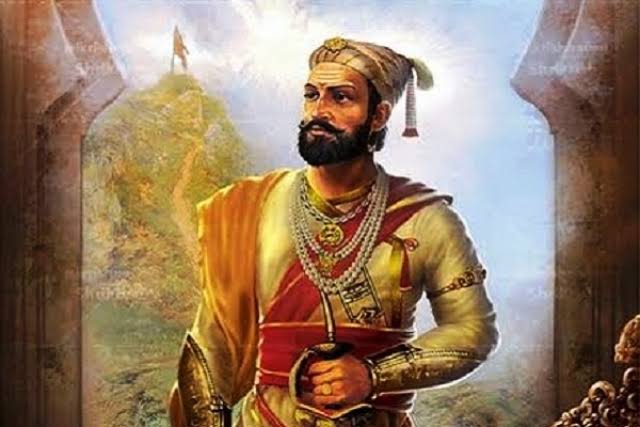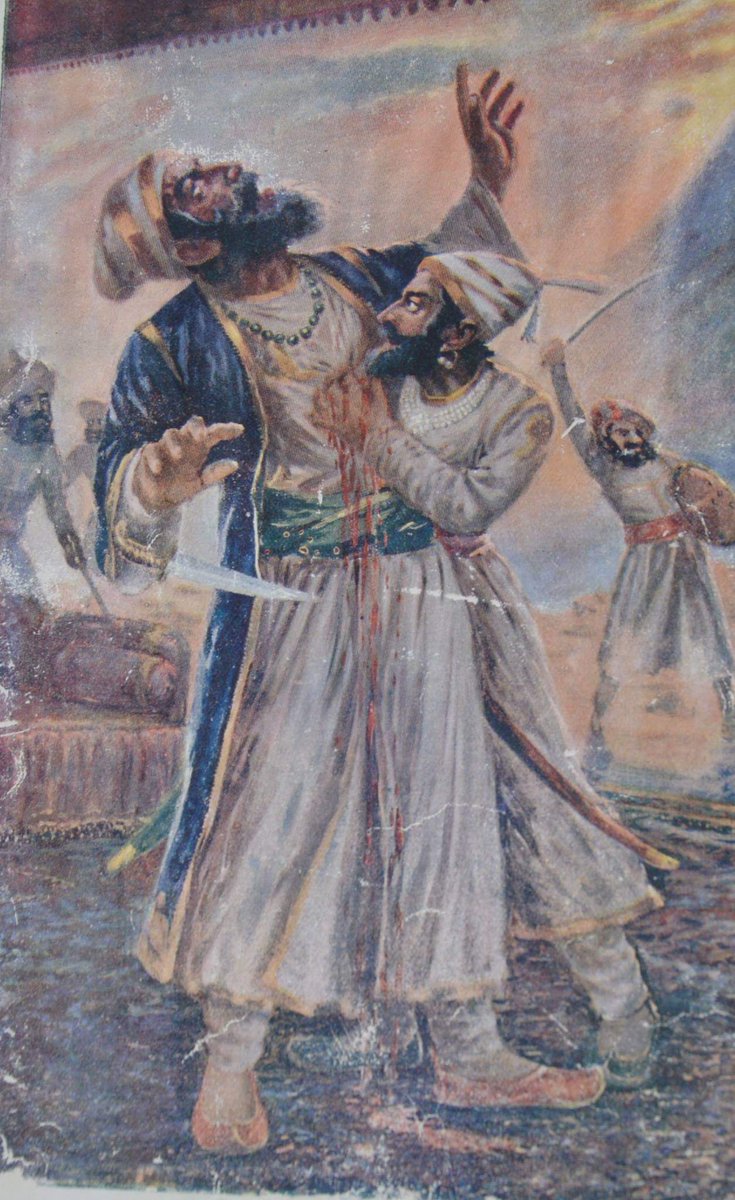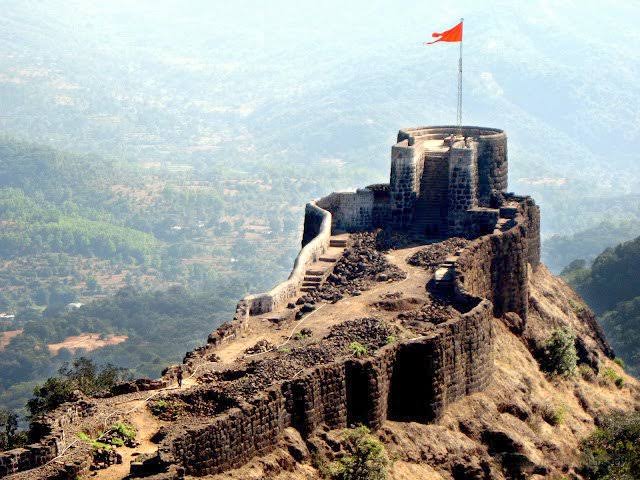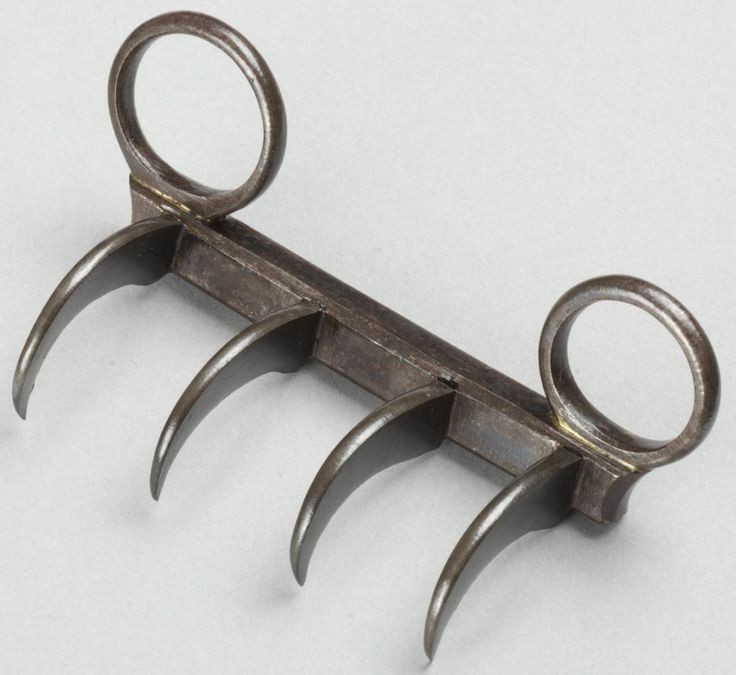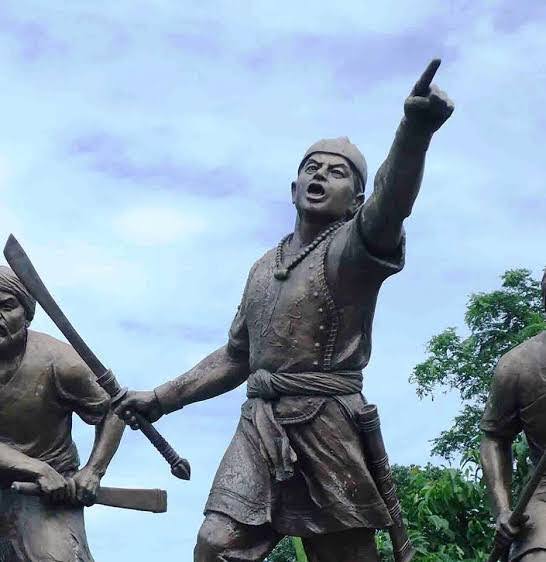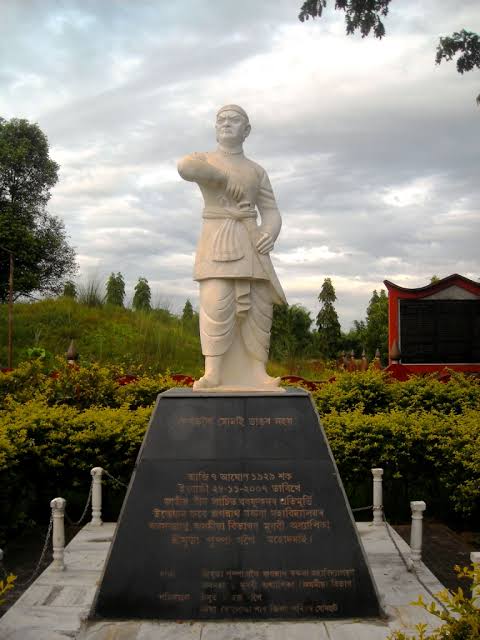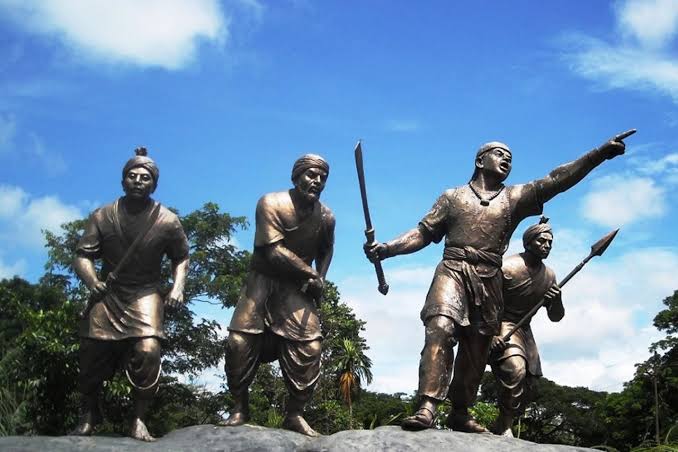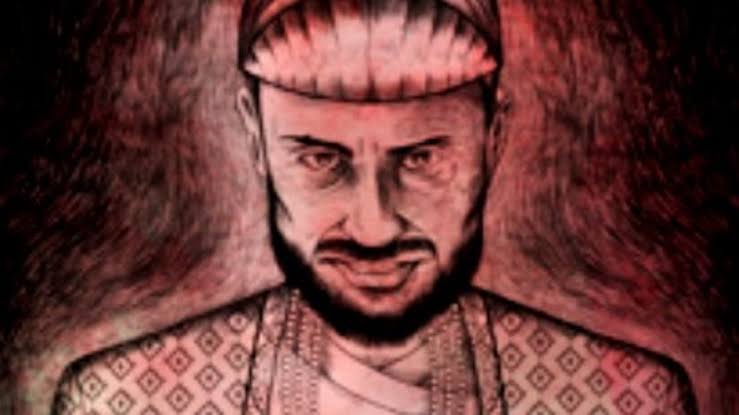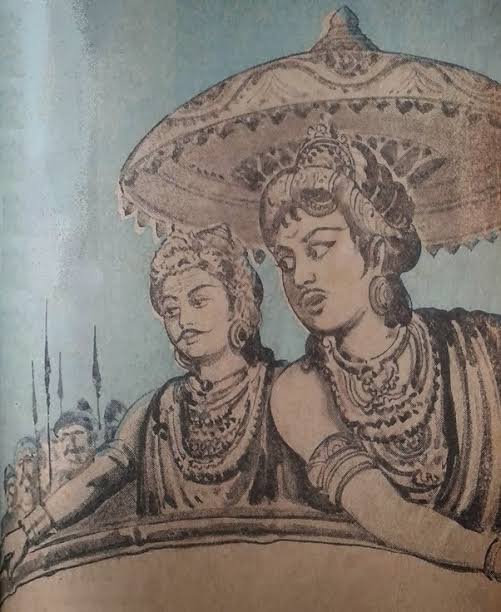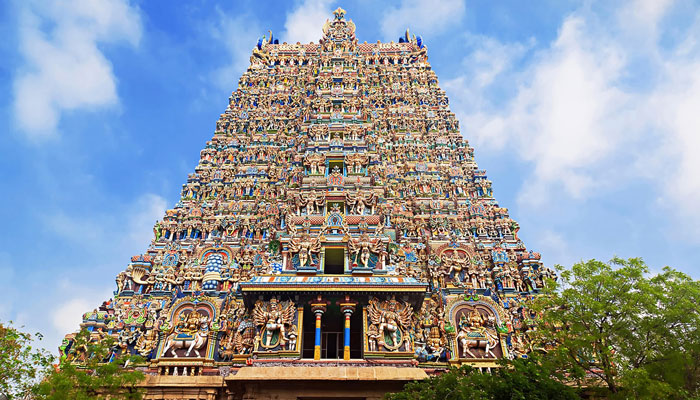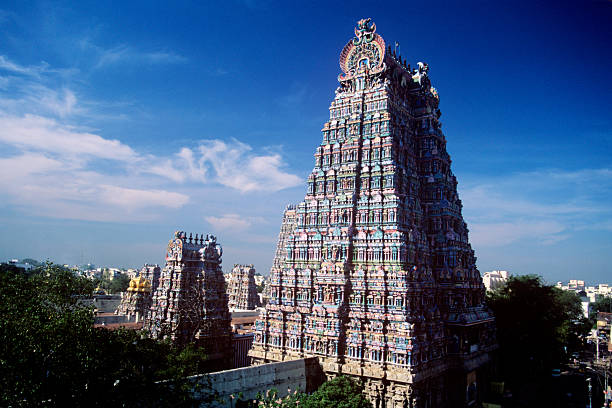
SAHASRALINGAS Sthal
Abode of a 1000 Shivalingas
This a medieval site situated on the riverbed of river Shalmala which flows around 17 km from Sirsi, near the village of Sonda in uttara kannada district of Karnataka.
(Brief Thread)



Abode of a 1000 Shivalingas
This a medieval site situated on the riverbed of river Shalmala which flows around 17 km from Sirsi, near the village of Sonda in uttara kannada district of Karnataka.
(Brief Thread)




The bed of Shalmala river has huge rocks or boulders. The big and small rocks have Shivalingas carved on them. There are more than a thousand lingas hence the name Sahasralinga.(1)
Most of the rocks have the image of Nandi carved on them as well. Some stones here have more than one Shivalinga. Nag devi is another noticeable carving.(2)
The king of Sonda or Swadi Arasappa Nayaka (1555-98) had no children. He was advised by the royal priest to make 1008 Shivalingas in order to be blessed with children. So the king had every stone at the bed of Shalmala River converted into a Shivalinga.(3)
The legend goes on to say that thereafter he had children. So, these lingas can be termed aa Ichhapoorti Shivalingas or wish-fulfilling Shivalingas. They're still in worship.(4)
The time for darshan of these Shivalingas is from October to March when the water level is on the lower side in river Shalmala. During the monsoon, most of these are submerged in the monsoon fed river.(5)
There is another Sahasralinga in Cambodia with the same name. This Sahasralinga also has various lingas carved on the rocks of a river. It is near Angkor Watt.(6)
The connection between the two is unclear with many explanations put forward by researchers but there's no universally agreed upon theory.(7)
• • •
Missing some Tweet in this thread? You can try to
force a refresh





